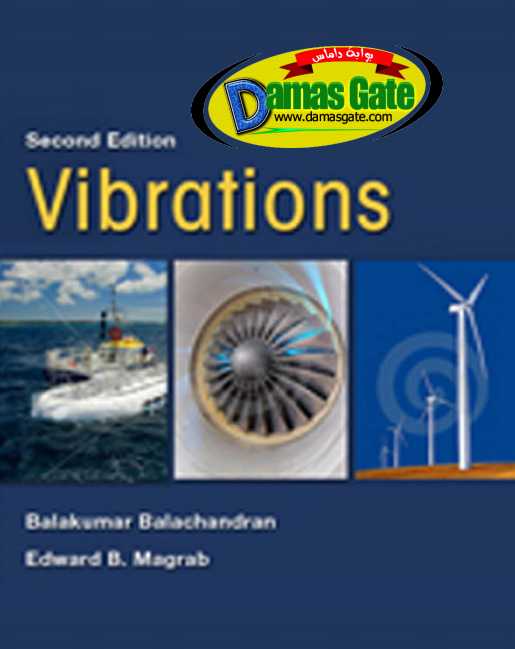Vibrations by Balakumar Balachandran, Edward B. Magrab

INTRODUCTION
Vibrations occur in many aspects of our life. For example, in the human body,
there are low-frequency oscillations of the lungs and the heart, high-frequency
oscillations of the ear, oscillations of the larynx as one speaks, and oscillations
induced by rhythmical body motions such as walking, jumping, and dancing.
Many man-made systems also experience or produce vibrations. For example,
any unbalance in machines with rotating parts such as fans, ventilators,
centrifugal separators, washing machines, lathes, centrifugal pumps, rotary
presses, and turbines, can cause vibrations. For these machines, vibrations are
generally undesirable. Buildings and structures can experience vibrations due
to operating machinery; passing vehicular, air, and rail traffic; or natural
phenomena such as earthquakes and winds. Pedestrian bridges and floors in
buildings also experience vibrations due to human movement on them. In
structural systems, the fluctuating stresses due to vibrations can result in fatigue
failure. Vibrations are also undesirable when performing measurements
with precision instruments such as an electron microscope and when fabricating
microelectromechanical systems. In vehicle design, noise due to vibrating
panels must be reduced. Vibrations, which can be responsible for unpleasant
sounds called noise, are also responsible for the music that we hear.
Download
http://s18.alxa.net/s18/srvs2/02/001...d.B.Magrab.rar